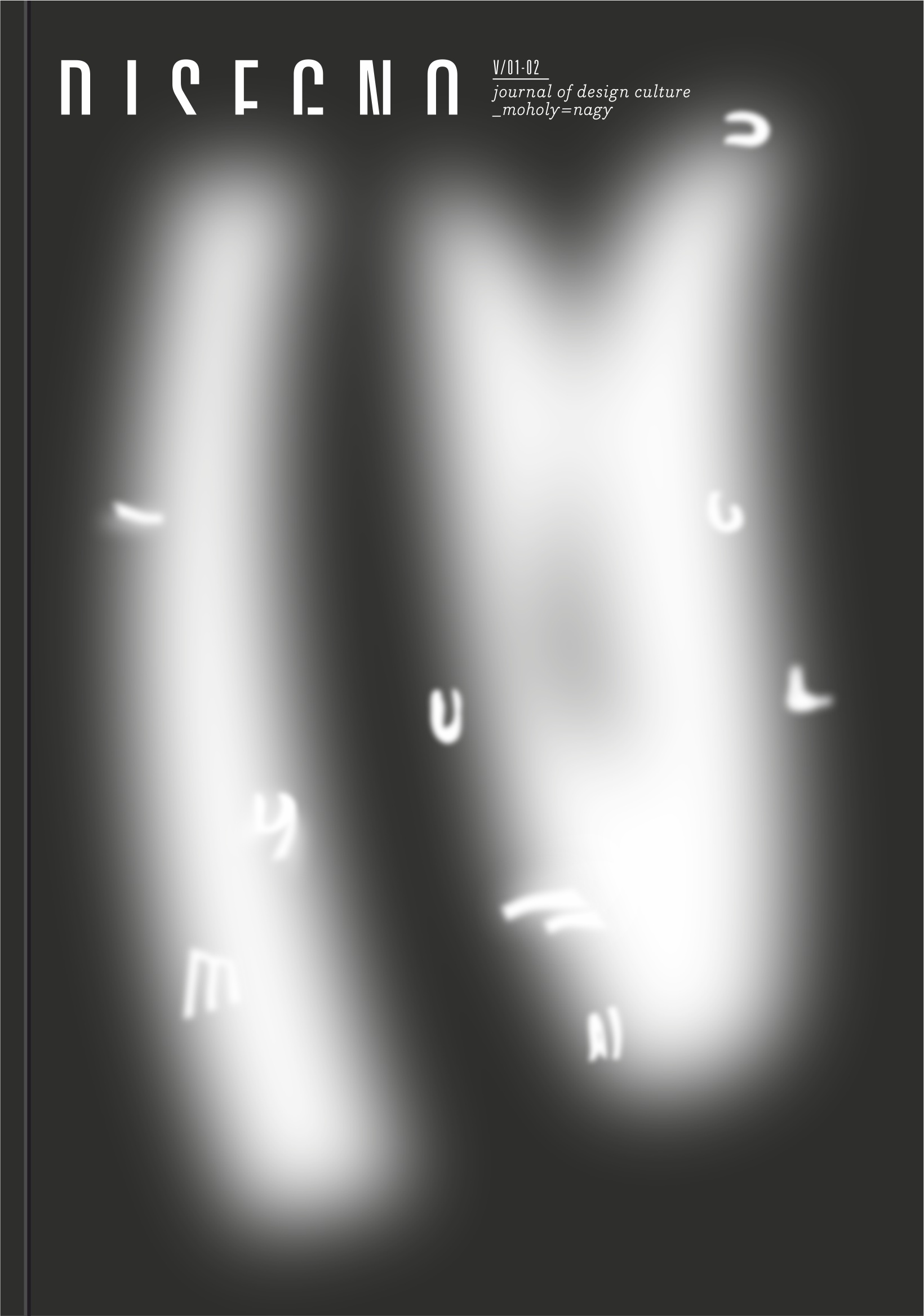Design for Life
Design for Life
Moholy-Nagy's Holistic Blueprint for Social Design Pedagogy and Practice
Author(s): Bori Fehér, Lee DavisSubject(s): Cultural history, History of ideas
Published by: Moholy-Nagy Művészeti Egyetem
Keywords: #holism; design pedagogy; life-centered design; New Bauhaus; social design
Summary/Abstract: Design discourse is evolving in response to a confluence of global challenges: a pandemic; increasing economic disparities; systemic racism and social inequality; rising authoritarianism, nationalism and political division; and the urgency of the climate crisis. Designers are increasingly questioning their role and responsibility in the world and seeking opportunities to leverage their creative talents to address these intractable problems. At the center of this critique is also a fundamental reappraisal of the predominant design paradigm, the anthropocentric process of “human-centered design,” promulgated since the mid-1950s (Dreyfuss 1955). A growing body of literature has emerged, questioning the human centric perspective in design (Benyus 1997; Norman 2005; IDEO 2014; Fulton 2019; Escobar 2018; Boradkar2015; Weaver 2019; Hess 2020). Concomitantly, the concept of “life-centered design” is gaining attention among design educators, students and practitioners. But to refer to the concept of life-centered design as “new” would be disingenuous. László Moholy-Nagy advocated for such a revolution a hundred years ago. From the early 1920s he called for a holistic, organic, life-centered design pedagogy, practice, and mindset. Much has been written about Moholy-Nagy’s art, photography and teaching but relatively little attention has been given to his pioneering thinking, writing, and practice in “social design.” Moholy-Nagy was also a pioneer in articulating a role for designers in addressing the critical economic, social, and environmental challenges of the time. As the founding director of the NewBauhaus and the Institute of Design in Chicago, he believed designers would need to move beyond the consumerist view in favor of “a better understanding of those principles which control all life”—individual life, social life, and life in the natural world. Driven by his own humble beginnings and rural upbringing, his personal trauma in war, the rise of Fascism and the onset of a second world war, his itinerant life across diverse cultural, artistic, natural, and theoretical influences, Moholy-Nagy evolved a blueprint for a vision of life-centered design that is as salient today as it was a century ago.
Journal: Disegno – a designkultúra folyóirata
- Issue Year: V/2021
- Issue No: 1-2
- Page Range: 44-67
- Page Count: 24
- Language: English

